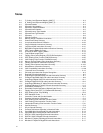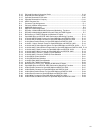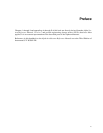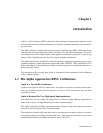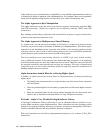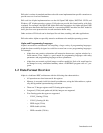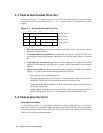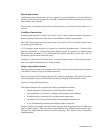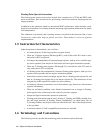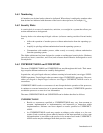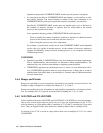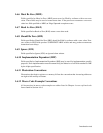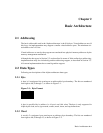
1–4 Alpha Architecture Handbook
1.3 Instruction Format Overview
As shown in Figure 1–1, Alpha instructions are all 32 bits in length. There are four major
instruction format classes that contain 0, 1, 2, or 3 register fields. All formats have a 6-bit
opcode.
Figure 1–1: Instruction Format Overview
• PALcode instructions specify, in the function code field, one of a few dozen complex
operations to be performed.
• Conditional branch instructions test register Ra and specify a signed 21-bit PC-rela-
tive longword target displacement. Subroutine calls put the return address in register
Ra.
• Load and store instructions move bytes, words, longwords, or quadwords between
register Ra and memory, using Rb plus a signed 16-bit displacement as the memory
address.
• Operate instructions for floating-point and integer operations are both represented in
Figure 1–1 by the operate format illustration and are as follows:
– Word and byte sign-extension operators.
– Floating-point operations use Ra and Rb as source registers and write the result in
register Rc. There is an 11-bit extended opcode in the function field.
– Integer operations use Ra and Rb or an 8-bit literal as the source operand, and write
the result in register Rc.
– Integer operate instructions can use the Rb field and part of the function field to
specify an 8-bit literal. There is a 7-bit extended opcode in the function field.
1.4 Instruction Overview
PALcode Instructions
As described in Section 1.1, a Privileged Architecture Library (PALcode) is a set of subrou-
tines that is specific to a particular Alpha operating-system implementation. These subroutines
can be invoked by hardware or by software CALL_PAL instructions, which use the function
field to vector to the specified subroutine.
031 26 25 2120 1615 5 4
NumberOpcode
Opcode
Opcode
Opcode
Disp
Disp
Function RCRB
RB
RA
RA
RA
PALcode Format
Branch Format
Memory Format
Operate Format



